
I am going to go off on a little rant here. A contractor is not a handyman and a handyman is not a contractor! Fundamentally, a contractor is, in the US, a state licensed provider of construction services, remodeling services or specialty service service providers like electricians, plumbers, concrete, etc. A handyman service is generally a handy person that usually repairs minor damage or handles general maintenance of buildings. For example, if you have a hole in your drywall that needs repair, you don't need a state licensed contractor to make that repair. First of all, it will be too expensive and secondly, the drywall contractor will not even want that small of a job. That's where the handyman comes in. If you have built a addition to your home and need a drywaller, it might be a good move to hire a drywall contractor to hang the drywall.
Most contractors simply will not take the small jobs simply because they are not cost effective. Service businesses need a minimum amount to charge to make money. a hole in the wall is just a waste of time. Again, this is where a handyman comes in. If you're looking to someone to remodel your kitchen, you might want a contractor to handle that job. A handyman will generally not be licensed to handle that big of a project. Hope this helps...
Most contractors simply will not take the small jobs simply because they are not cost effective. Service businesses need a minimum amount to charge to make money. a hole in the wall is just a waste of time. Again, this is where a handyman comes in. If you're looking to someone to remodel your kitchen, you might want a contractor to handle that job. A handyman will generally not be licensed to handle that big of a project. Hope this helps...

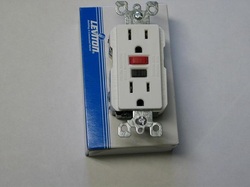
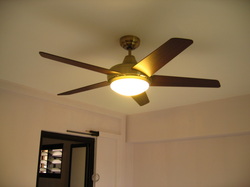
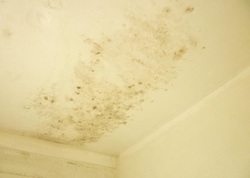
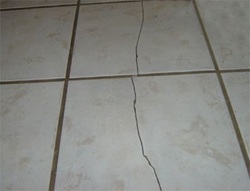
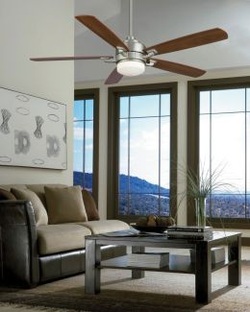
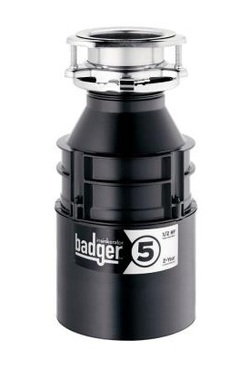


 RSS Feed
RSS Feed